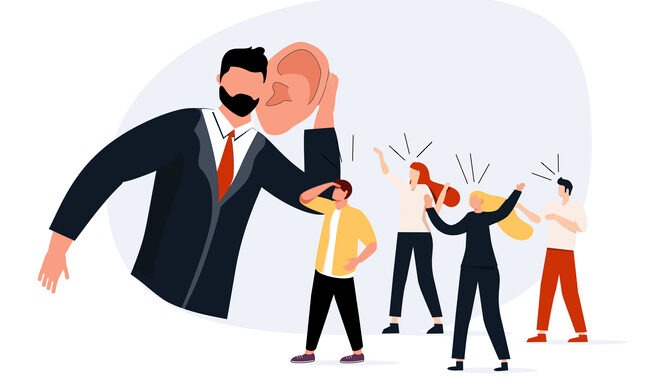
The difference between a want and a need is at the core of a successful sales strategy – so how can you identify the differences, and implement them in your sales process?
CREDIT: This is an edited version of an article that originally appeared on MTD Sales Training
When selling, it’s important that you understand the difference between ‘needs’ and ‘wants’ because you need to appeal to both impulses during the sales interaction.
Different types of customer needs
There are many different needs which a customer may cite when choosing a product or service. Much will depend upon the unique priorities of each customer – but there are some consistent and common themes you can be aware of and exploit.
Functionality and fit – your offering must fit the customer and solve the problem they are facing. Listening to what their needs are, and finding a solution that really works, will close the sale.
Price – people may be willing to go a little higher than their initial budget would allow, but every customer has a breaking point. Offering a price that preserves your margins but meets the customer’s reasonable expectation is key.
Remember that it isn’t necessarily about offering ‘low, low prices.’ For some luxury items, customers expect to pay a premium and may be suspicious of a price tag that’s pitched too low.
Design and experience – the look and feel of the product are very important to customers. For one thing, the products we buy often make a statement about the buyer. Do these values align with the product’s design features, and the experience of using it, and do both align with customer needs?
Reliability and performance – people don’t want to keep renewing their products repeatedly, or constantly repairing or upgrading them. Reliability may not be an exciting sell, but it’s certainly a proven one.
Empathy – this is too often overlooked, but people want services that understand them. This is most frequently exemplified in customer service encounters; will your customers have the best possible experience when they call for assistance, or email to change an order?
Openness and fairness – customers expect to be treated fairly, which means being offered any discounts they are eligible for and not being hoodwinked into opting for extras they do not need. Fail to treat your customer fairly, expect to fail.
Options – businesses know you can’t always give every customer everything they want. Within reasonable limits, however, services which can be tailored to each customer satisfy the human need for control. Customers want to feel free to make the service work for them, rather than having to work around its limitations.
Information and accessibility – services which are open and accessible to all are the most popular. Going over and above locally mandated disability access requirements can often convey a brand advantage, particularly when this is advertised and sold. Accessibility is also about making services easier to understand, so offering too many alternatives can cause paralysis in a customer who is wavering.
When customers need to learn about their service or product, how available is the necessary information? Poor customer service has been cited as a major component of consumer choice, with 58% of customers changing service providers after experiencing it, according to a Microsoft report.
Customer wants
As we’ve seen, ‘wants’ are those desirable features which customers have on their ‘wish list’ but whose absence won’t necessarily mean a lost sale. Here are some common wants that customers will express:
Prestige brands – some customers really put stock in a notable brand, rather than opting for a less well-known or newer provider.
Beauty – not everyone needs everything in their life to be beautiful but, for some, it’s important. Form usually triumphs over function but, for some consumers, these are equally important considerations.
Add-ons – this is a catch-all for all those optional extras that certain products love to bundle in. You probably won’t lead with these features, but it’s useful to have them in your back pocket. Up-selling and cross-selling are very important for a salesperson!
Simplicity – some customers really do value products and services that they can think about as little as possible. For those consumers, stressing how easy the product is to use, or the service to access, will prove a useful sales strategy.
Creativity – finally, some customers really value creative and interesting solutions to problems. Consumers with a particular interest in product design, creativity or invention may value this feature more highly than other wants or even needs.
Uncovering the customer’s needs and wants
Normally, the decision will have already been made to make a purchase to fulfil a need. Your job as a salesperson is to also cater for their wants – and this is where most of your focus should be. This doesn’t mean ramming benefits and features down the customer’s throat; customers hate to be sold to, but they love to buy.
Give the customer a good listening to
Consultative selling skills are a must when it comes down to understanding needs and wants. You should be asking lots of questions around why they want something, how they want it, the impact it will have on them and what’s important when they make decisions like this. What they don’t want is also as important as understanding what they do want. Your customer may have made purchasing decisions in the past and got their fingers burned.
Never sell anything unless you understand their needs and wants
Never sell anything without first understanding the customers’ needs and wants; you can then tailor your interaction with them on the areas that are most important to them – not the areas most important to you.


Be the first to comment